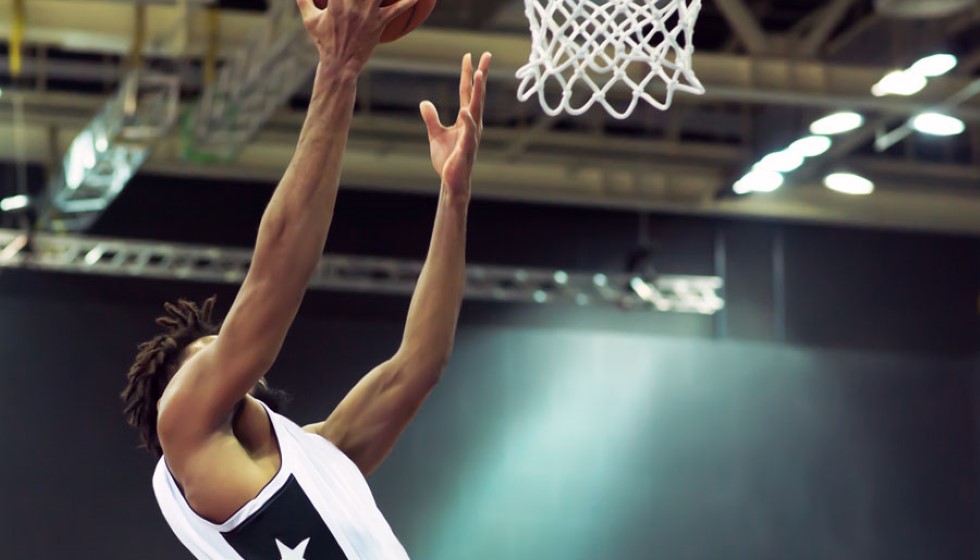
In an effort to fortify their roster for the 2024 Olympics, Team USA made a significant move by recruiting Joel Embiid, the reigning MVP and now a naturalized American citizen. Embiid’s addition marks a pivotal moment for the team as they prepare for the highly anticipated games. His journey to join Team USA saw a competitive tug-of-war with France, encapsulated by the leaked letter in April allegedly written by Embiid to French President Emmanuel Macron requesting citizenship.
This international drama caught the attention of Frederic Weis, who passionately suggested that Embiid should be banned from entering France for the Olympics after he committed to Team USA. Embiid’s dedication to his new national team, however, comes with its set of challenges both on and off the court.
On the Court Challenges
Embiid fouled out of his first exhibition game against Canada, setting a difficult tone for his subsequent performances. Over three exhibition games, he managed to score a total of 23 points on 7-of-19 shooting. Particularly concerning was his performance against Serbia, where he posted the worst plus-minus of any American who logged at least 10 minutes. Team USA’s head coach, Steve Kerr, is now tasked with finding ways to optimize Embiid’s role in a system that does not revolve around any single player, allowing the team to adapt based on match-ups and in-game situations.
Anthony Davis: The Reliable Backup
Backing up Embiid is Anthony Davis, who has been a standout performer for Team USA. Davis had six blocks against Serbia and a total of 12 blocks through three games, showcasing his defensive prowess. The international stage, with FIBA's lack of a defensive three-second rule and lenient goaltending restrictions, suits Davis’s style perfectly. He’s been shooting an efficient 13-of-24 from the floor, further solidifying his role as a versatile asset.
Strategic Advantages
Embiid’s adaptation issues stem from the pace and style favored by guards like Tyrese Haliburton and Anthony Edwards, with opponents targeting him in drop coverage. They exploit the space around him with floaters, a point of concern that Kerr and his coaching staff must address. In contrast, Davis’s mobility and verticality provide a significant advantage in pick-and-roll situations. His established chemistry with LeBron James, formed over five years with the Los Angeles Lakers, adds another layer of cohesiveness to the team’s dynamic.
Team Dynamics and Bench Strength
Team USA’s strength lies not just in its star players but also in its bench groups, which have thrived on speed and athleticism. The frontcourt pairing of Davis and Bam Adebayo has been central to the success of Team USA’s bench group. This depth allows Kerr the flexibility to adapt strategies based on match-ups, rather than relying on a single game plan. The talent advantage provides a significant margin for error, a luxury that Kerr and his staff are well aware of as they navigate through the competition.
“I'd be happy to play if I'm asked,” stated Anthony Davis, underscoring his readiness to step up whenever needed. Such a mindset is crucial for Team USA as they prepare for the challenges ahead with their sights set on Olympic glory.
As the journey to the 2024 Olympics unfolds, the blend of seasoned professionals and rising talents on Team USA aims to deliver a performance that resonates with fans worldwide. With players like Embiid and Davis leading the charge, supported by a deep and versatile roster, the road to the Olympics promises to be an exhilarating ride.